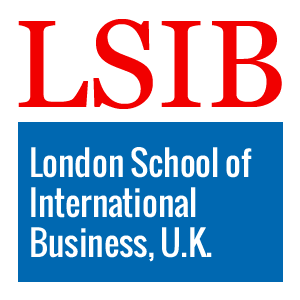Graduate Certificate in Biomimicry for Flame Retardant Materials
Published on June 20, 2025
About this Podcast
HOST: Welcome to our podcast, where we explore innovative courses and their real-world impact. I'm thrilled to have Dr. Mills here, an expert in biomimicry for flame retardant materials. Dr. Mills, can you tell us a bit about your experience and what drew you to this field? GUEST: Absolutely! I've always been fascinated by nature and its incredible problem-solving abilities. When I discovered biomimicry's potential in developing sustainable flame retardant materials, I knew I had found my calling. HOST: That's fascinating! Can you share some current trends in the industry related to this course? GUEST: Of course. There's growing demand for eco-friendly materials in various sectors, from construction to textiles. Our course addresses this need by teaching professionals how to create fire-resistant materials using biomimicry. HOST: That sounds like a significant step towards sustainability. What challenges have you encountered in this field, or while teaching this subject? GUEST: The main challenge is changing mindsets. Many people are skeptical about the performance of natural materials compared to traditional synthetics. We work to demonstrate that biomimicry can yield both safety and sustainability. HOST: It's crucial to challenge those misconceptions and drive innovation. Where do you see the future of biomimicry and flame retardant materials? GUEST: I believe we'll see widespread adoption of biomimetic approaches in multiple industries. As we face climate change and resource depletion, nature-inspired solutions will become increasingly vital. HOST: That's an inspiring vision for a safer, greener future. Thank you, Dr. Mills, for sharing your insights and shedding light on this unique and essential course. GUEST: My pleasure! Thanks for having me.
